fact
.svg)
Separate Crossings
Dr. Portillo, a Mexican physician, lives with her husband and son in a balcony-festooned six-bedroom house in a gated suburb. The adobe walls that enclose the garden, the coloured tiles embedded in the walls and the servants’ garden house are all typical of the home of a prosperous Mexican family. The multi-generational collection of relatives who occupy the spare bedrooms also reflect Mexican tradition. Dr. Portillo receives her patients in an office located in a tower in the northern Mexican city of Tijuana; since many of the patients are American, much of her working day takes place in English. When she goes home at night, she relaxes by speaking to her husband and son in Spanish. Her son, however, often responds in English because Dr. Portillo’s typical Mexican home is located in suburban California.

Re-hanging the National Wallpaper
When I lived in Ottawa in the 1970s, I used to enjoy passing lazy afternoons at the National Gallery looking at the pictures. I remember how surprised I was when I first encountered the Group of Seven collection. These paintings were completely familiar—I’d seen them in schoolbooks and on calendars, posters, t-shirts, everywhere—yet at the same time they were completely unexpected.
.svg)
Double Duty, Sketches and Diaries of Molly Lamb Bobak, Canadian War Artist
In 1945 Molly Lamb Bobak became Canada's first female war artist, but it took her three years of army life to win that appointment. During those years she kept a unique diary in the form of a handwritten newsletter, as she traveled back and forth acr

Diamonds Are Forever: Artists and Writers on Baseball
For the uninitiated, the poetic mysteries of baseball can seem elusive if not downright silly. Diamonds Are Forever: Artists and Writers on Baseball (Chronicle), a print version of the Smithsonian Institution exhibition of the same name, doesn’t set













































































.jpg)


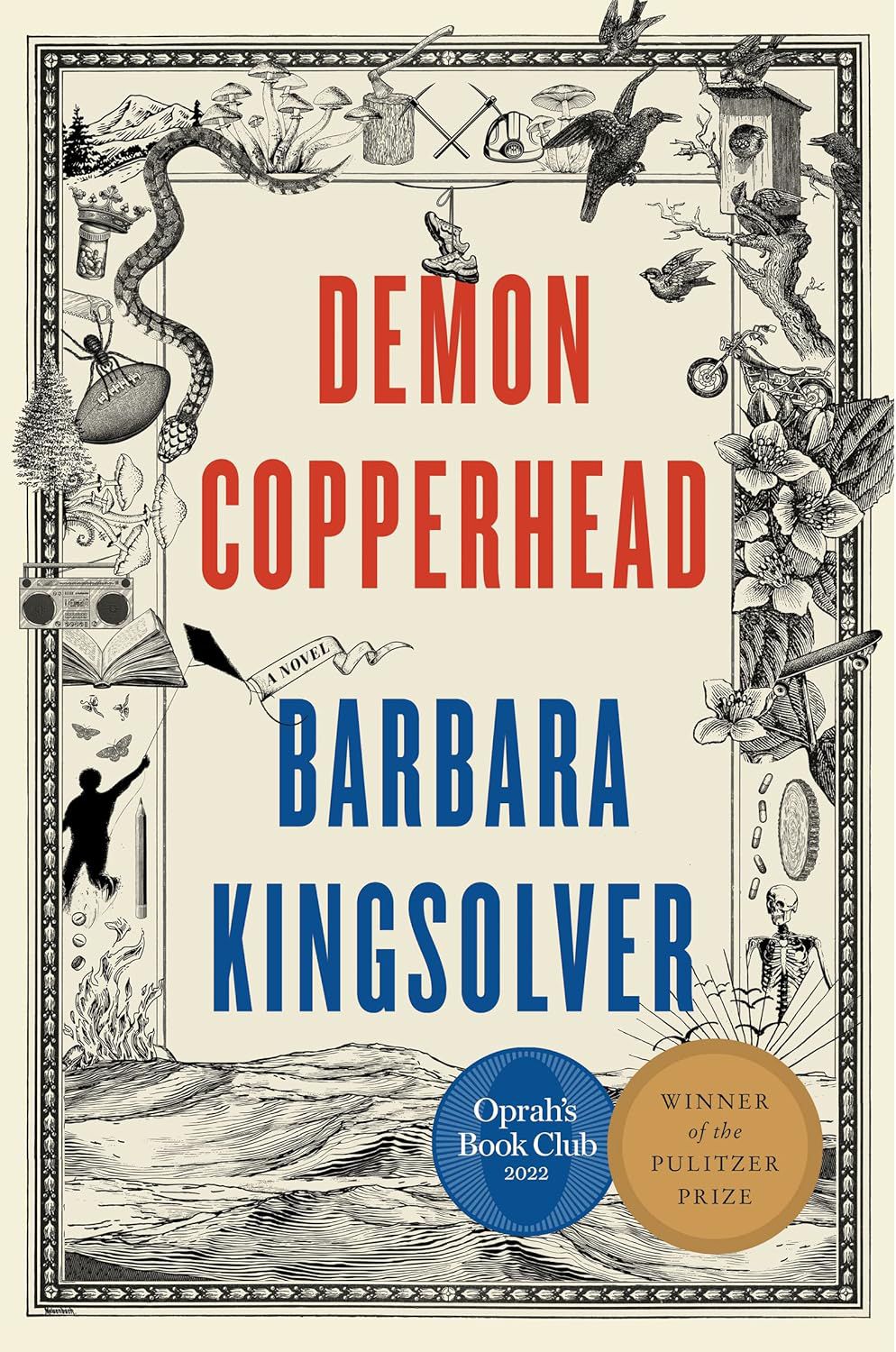



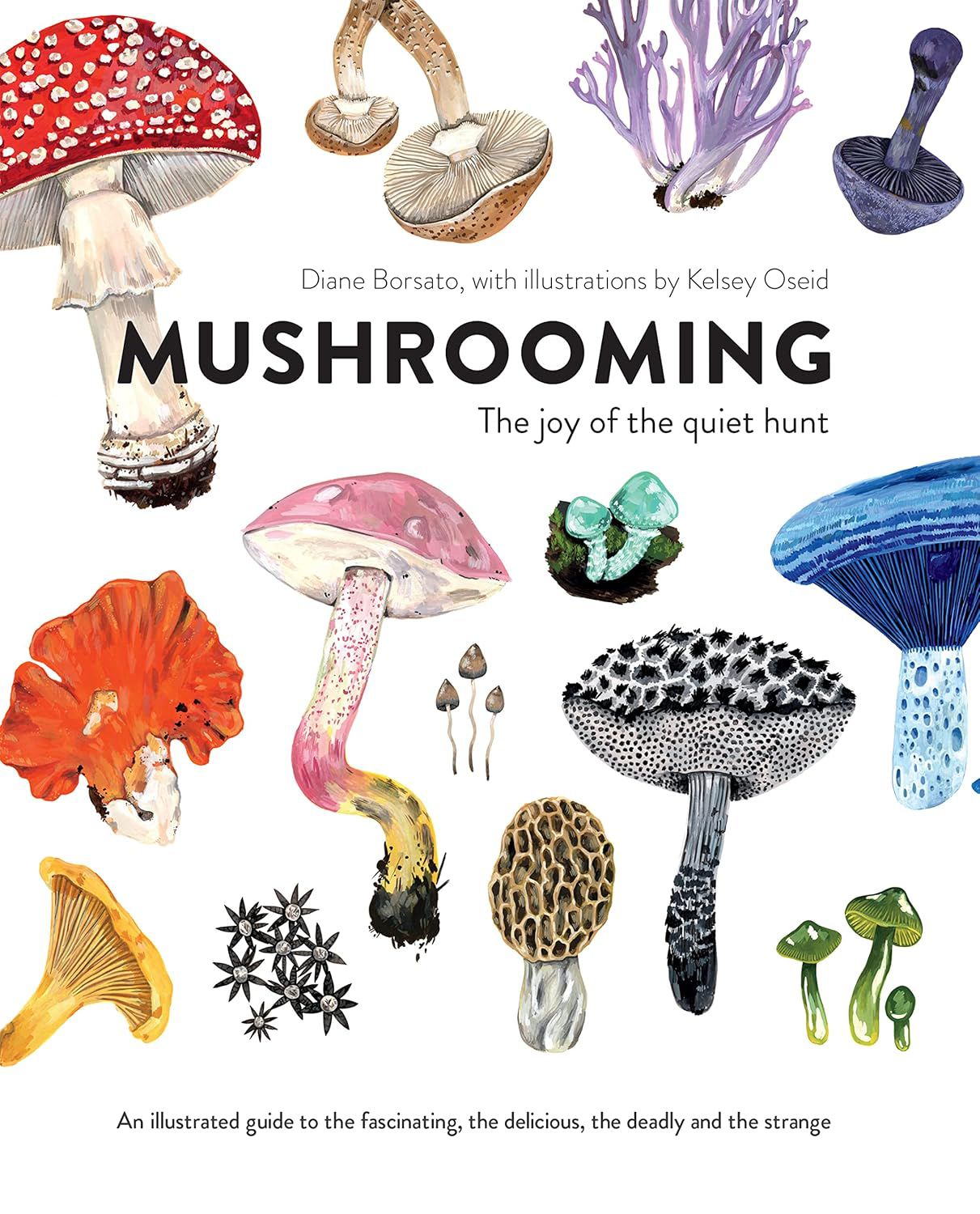

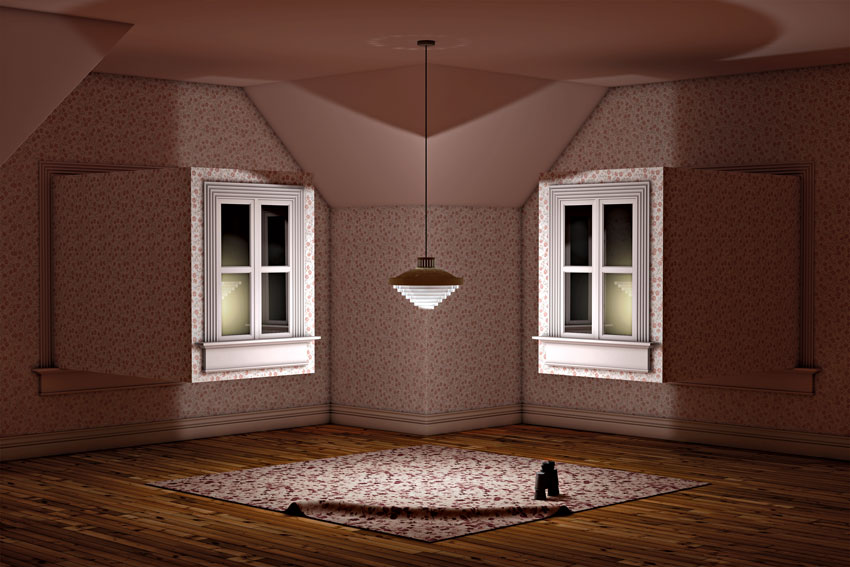
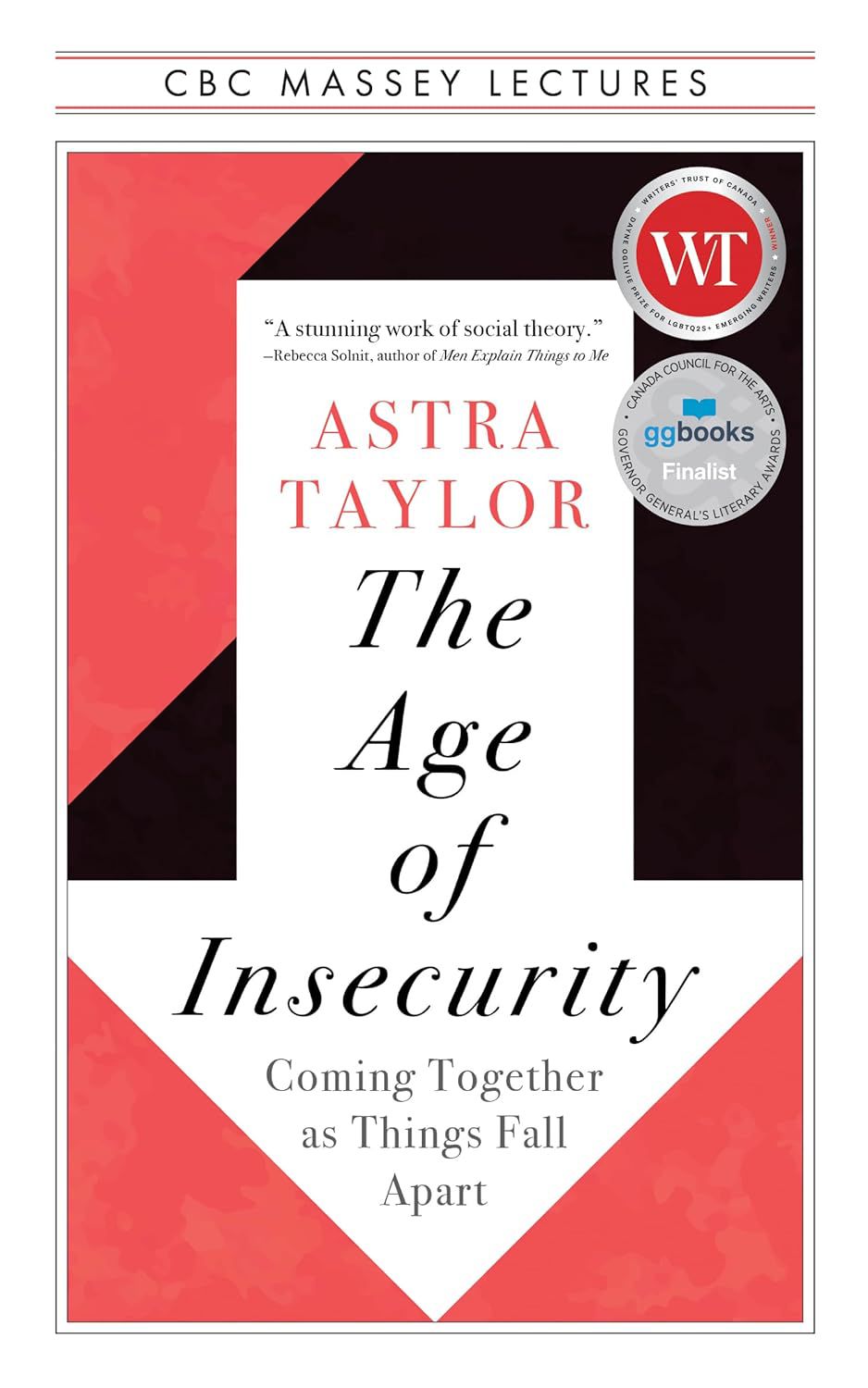
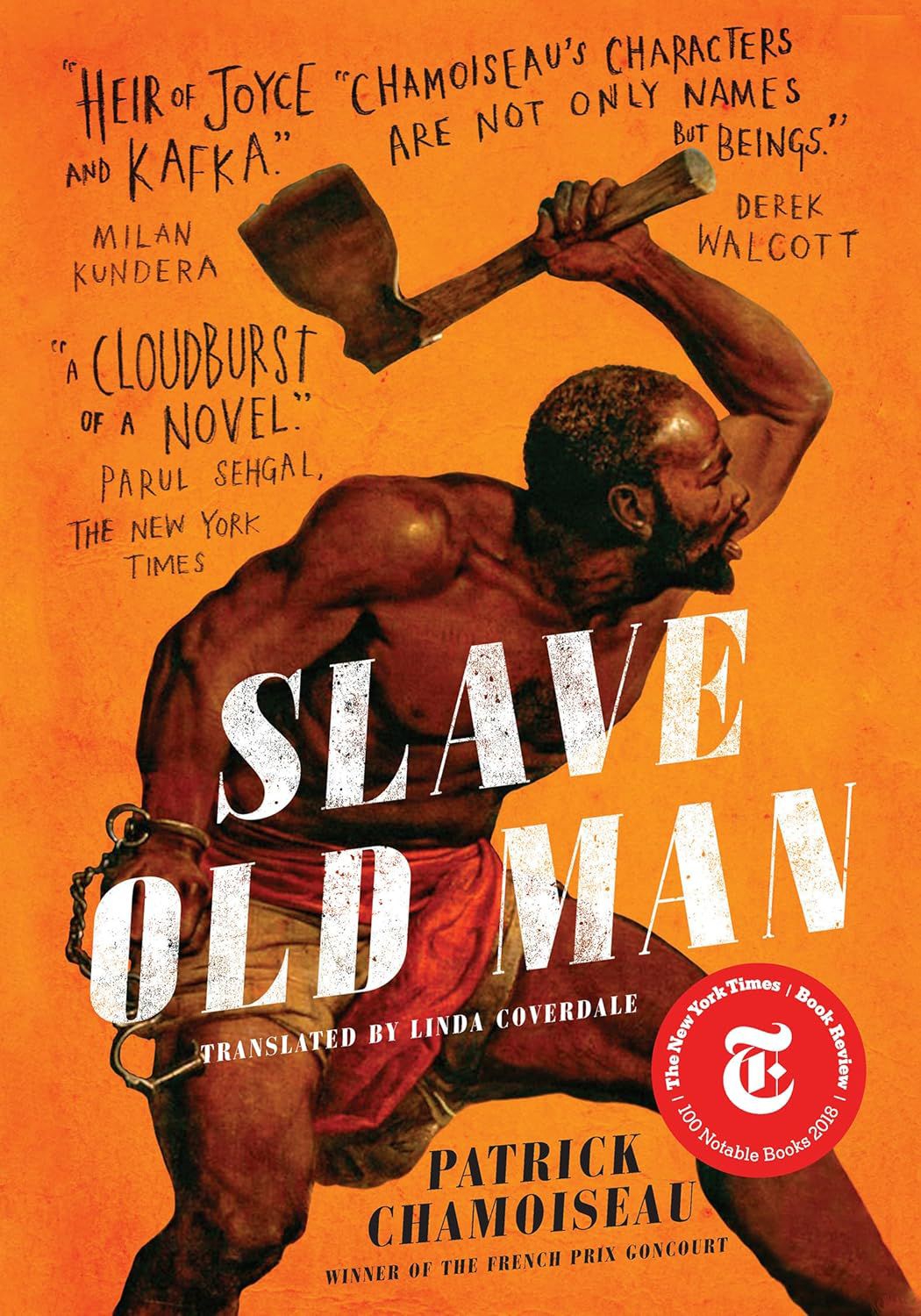


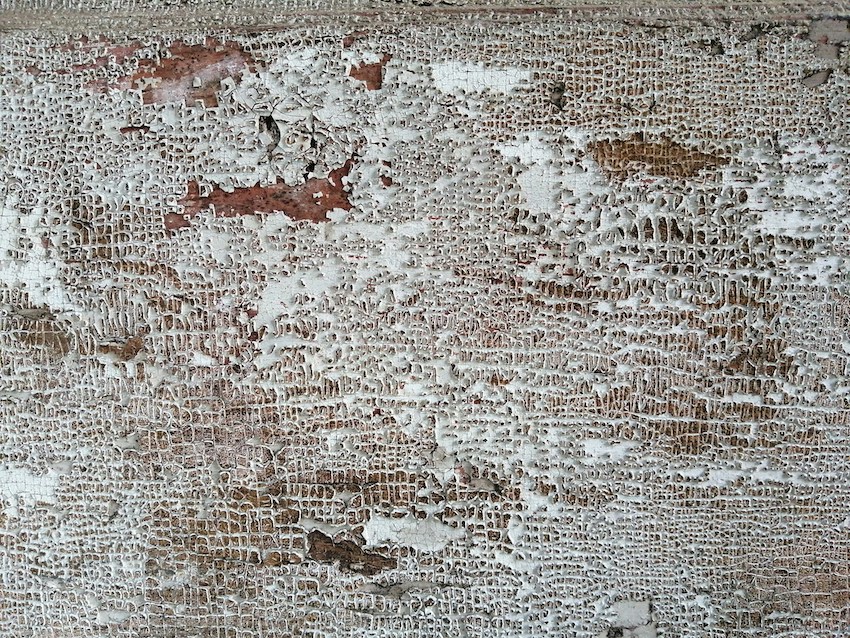








.jpg)